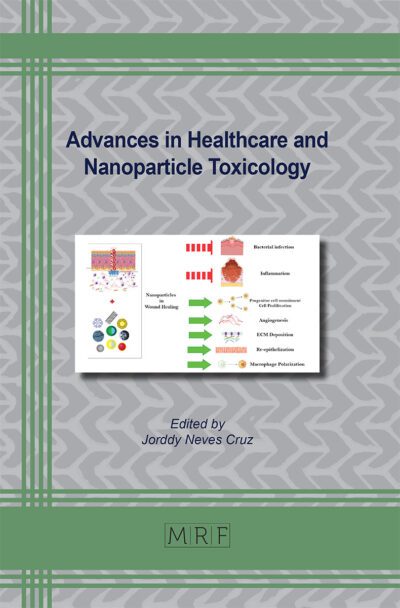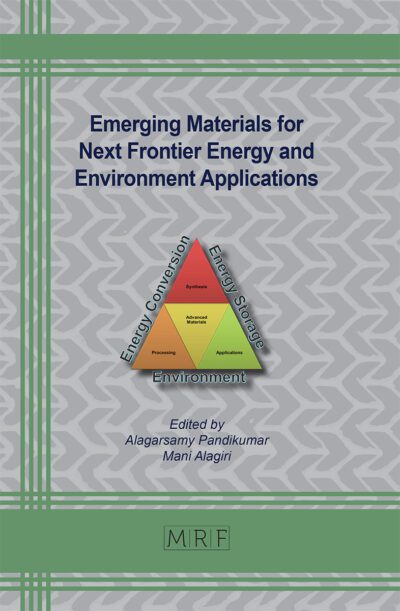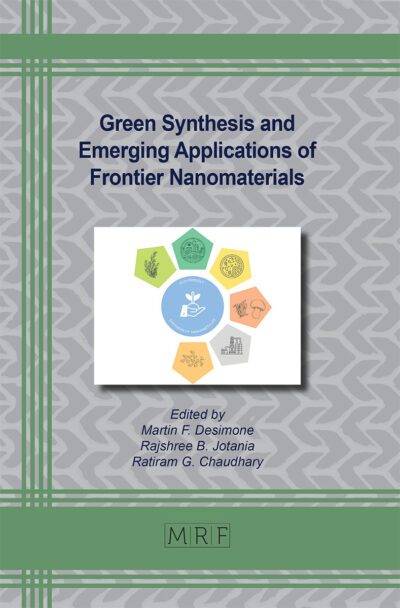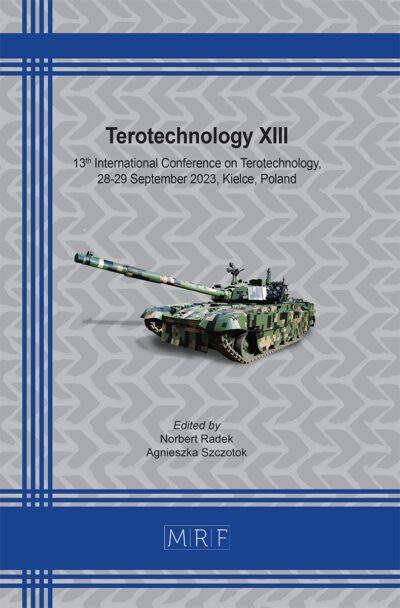New Technologies for Value Added Products from Coconut Residue
Navin K. Rastogi
download PDFAbstract. This paper deals with the technologies developed in the field of coconut research at CFTRI in the last three decades including process for desiccated coconut, technology development for the production of spray dried coconut milk powder, wet processing of coconut, vinegar generation from coconut water, virgin coconut oil, tender coconut based beverage, coconut spread etc. CFTRI is in forefront in developing technologies for coconut-based products. Some of these technologies have been successfully transferred and most of the produce is being exported. Our current research efforts are focused on production of low fat dietary fiber from coconut residue after the milk extraction, concentration of coconut water by membrane processing, preservation of coconut water by emerging technologies will also be discussed.
Keywords
coconut palm, wet processing, by-products utilization
Published online 4/20/2019, 7 pages
Copyright © 2019 by the author(s)
Published under license by Materials Research Forum LLC., Millersville PA, USA
Citation: Navin K. Rastogi, New Technologies for Value Added Products from Coconut Residue, Materials Research Proceedings, Vol. 11, pp 295-301, 2019
DOI: https://doi.org/10.21741/9781644900178-25
The article was published as article 25 of the book By-Products of Palm Trees and Their Applications
![]() Content from this work may be used under the terms of the Creative Commons Attribution 3.0 licence. Any further distribution of this work must maintain attribution to the author(s) and the title of the work, journal citation and DOI.
Content from this work may be used under the terms of the Creative Commons Attribution 3.0 licence. Any further distribution of this work must maintain attribution to the author(s) and the title of the work, journal citation and DOI.
References
[1] M.A. Hassan, Spray drying of coconut milk Pertanika, 8 (1985) 127 130.
[2] N.K. Rastogi et al., A process for the preparation of stable whole coconut milk, Indian Patent number 184681 (1995).
[3] N.K. Rastogi, K.S.M.S. Raghavarao, S.G. Jayaprakashan, A process for detachment of coconut kernel from its shell. Indian Patent Appl. 2638/DEL/96 (1996).
[4] N.K. Rastogi, K.S.M.S. Raghavarao, Production of dehydrated coconut milk powder, In the National Seminar on Processing and Marketing of Coconut (SPAMCO II), Bangalore (1992).
[5] N.K. Rastogi et al., A process for the production of virgin coconut oil, Indian Patent Appl. number 443/DEL/2009 (2009).
[6] C.T. Dwarakanath, Vinegar Fermentation with Special Emphasis on Possibilities of Coconut water, In the National Seminar on Processing and Marketing of Coconut (SPAMCO II), Bangalore (1992).
[7] N.K. Rastogi, K.S.M.S Raghavarao, M. Prakash, A process for the production of coconut spread based on mature coconut- water concentrate and coconut dietary fiber, Indian Patent Application number 0287/DEL/2009 (2009).
[8] G.A. Spiller, CRC Hand book of: Dietary fiber in human nutrition. CRC Press, New York, 2000, pp. 9-10.
[9] M.S. Wolthuis, H.F.F. Albers, J.G.C. Jeveren, J.W. Jong, J.G.A.J. Hautvast, R.J.J Hermus, M.B. Katan, W.G. Brydon, M.A. Eastwood, The American Journal of Clinical Nutrition 33 (1980) 1745-1756. https://doi.org/10.1093/ajcn/33.8.1745
[10] K.L. Roehrig, Food Hydrocolloids 2 (1988) 1-18.
[11] T.P. Trinidad, D. Valdez, A.C. Mallillin, F.C. Askali, A.S. Maglaya, M.T. Chua, J.C. Castillo, A.S. Loyola, D.B. Masa, Indian Coconut Journal 7 (2001) 45-50. https://doi.org/10.1016/j.ifset.2004.04.003
[12] S.N. Raghavendra, N.K. Rastogi, K.S.M.S. Raghavarao, R.N. Tharanathan, Dietary fiber from coconut residue: effect of different treatments and particle size on the hydration properties, European Food Research and Technology 218-6 (2004) 563-567. https://doi.org/10.1007/s00217-004-0889-2
[13] S.N. Raghavendra, S.R. Ramchandra Swamy, N.K. Rastogi, K.S.M.S Raghavarao, Sourav Kumar, R.N. Tharanathan, Grinding characteristics and hydration properties of dietary fiber from coconut residue, Journal of Food Engineering 72 (2006) 281-286. https://doi.org/10.1016/j.jfoodeng.2004.12.008
[14] S.N. Raghavendra, N.K. Rastogi, K.S.M.S. Raghavarao, M. Prakash, A process for the preparation of tender coconut beverage, Indian Patent Application number 283/DEL/2009 (2009).












